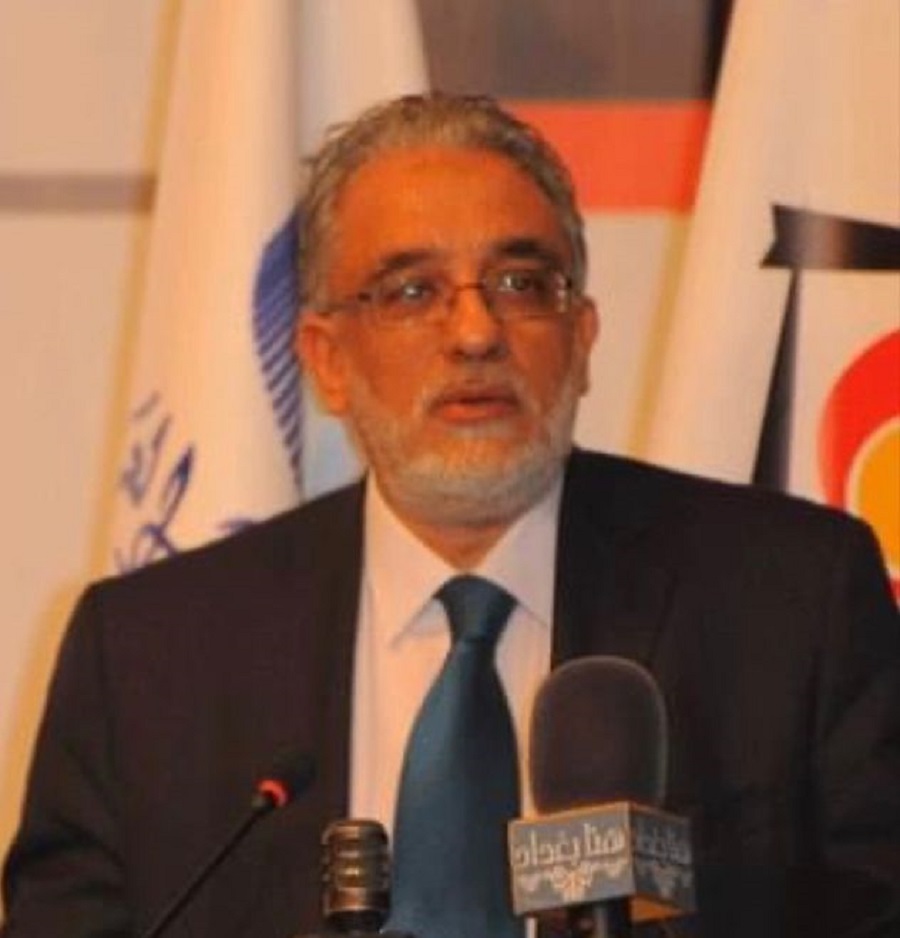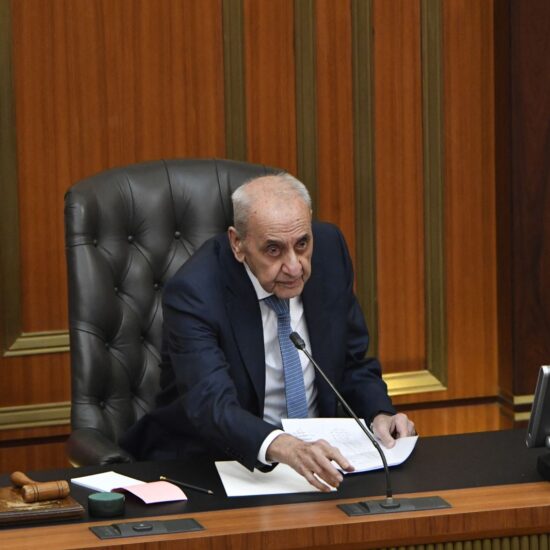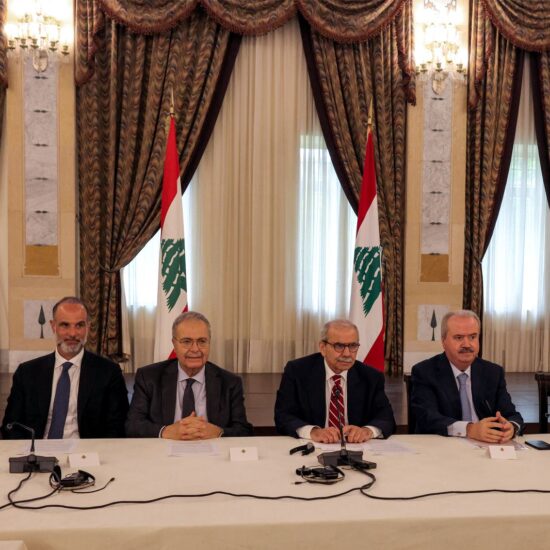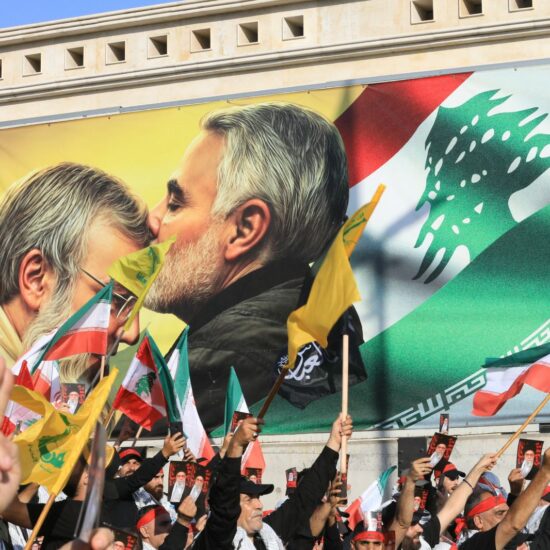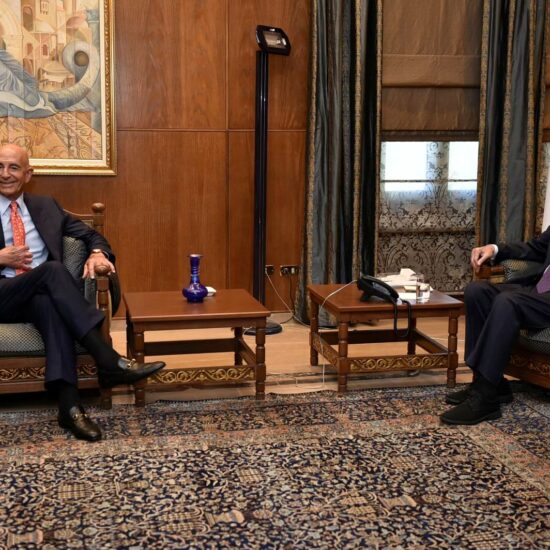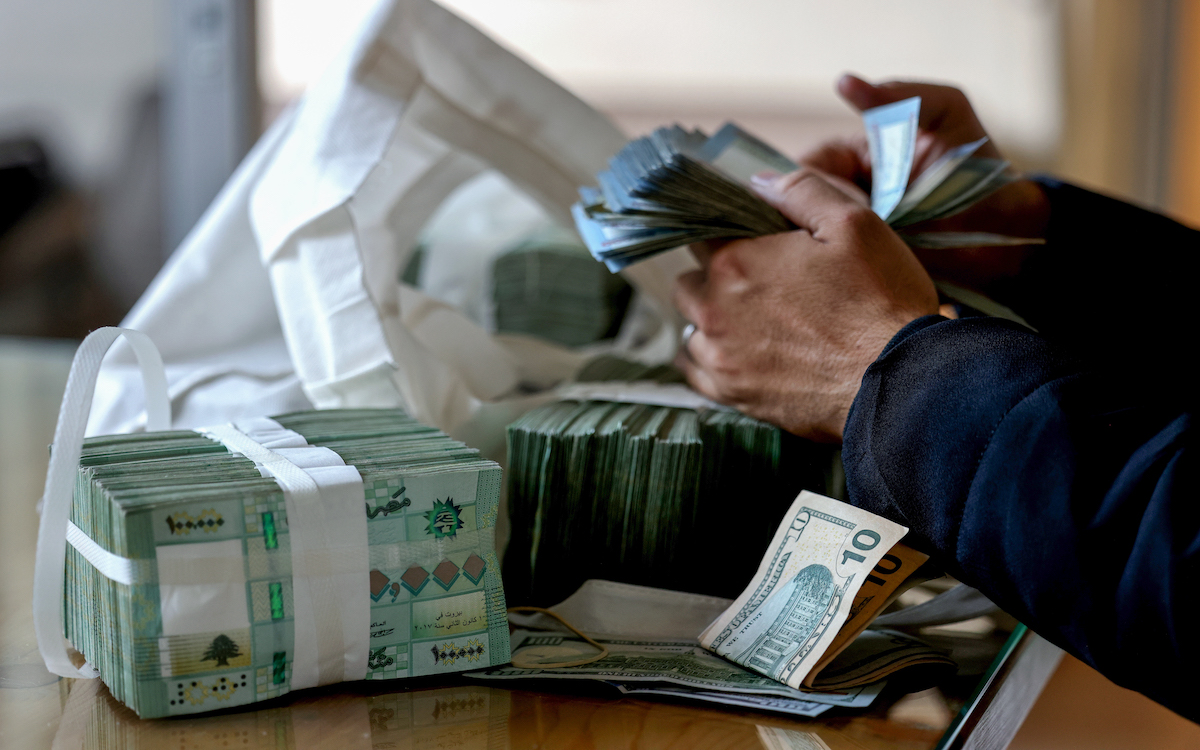
Over more than two decades ago, the Lebanon Central Bank (BDL) fixed the parity rate of the USD versus the Lebanese Pound as various political shocks shook the country. The fixing of the pound, and consequently, interest rates, on treasury bills and other lending instruments at a “consociationalism rate” lasted decades at the expense of draining BDL’s foreign reserves. Since the exchange rate of the Lebanese Pound was pegged to the US dollar in 1997 (1 US dollar = 1,507 Lebanese pounds, also referred to as Lebanese Lira), until 2019, Lebanon’s currency had been fairly stable. But by the end of October 2022, Lebanon began employing a new official exchange rate of 15,000 Lebanese pounds to the dollar.
The consociationalism in politics was mirrored in the markets, providing stability for the financial system, similar to how the seemingly stable democratic system of Lebanon was, although deeply divided based on power sharing between elites from different social groups. Fixing the rate at 1,507 LBP was merely based on a consensus reached by political elites after the debacle of the pound during the former rule of Prime Minister Rachid Karameh. One can argue that this mechanism is similar to applying a forward rate[1] on the pound, since it is well known that BDL will not shift its policy – not in the medium nor in the long term – to intervene in the market whenever political bickering occurs[2]. The fixed (forward) exchange rate allowed businesses and investors in Lebanon to hedge against currency risk. Future international transactions were sure to avoid potential losses due to unfavorable exchange rate movements. BDL repeatedly made open statements that it was the “guarantor” of fixing the pound.
What’s new?
Seemingly, Lebanon’s BDL will decommission the controversial exchange platform known as Sayrafa after current Governor Riad Salameh’s 30-year tenure ends this month, one of the institution’s vice governors told Reuters. Salim Chahine said that the bank’s leadership was talking with government and parliament policymakers, as well as the International Monetary Fund, about the need to move away from the platform given its lack of transparency and governance[3]. Lebanese authorities and international institutions criticized Sayrafa for its lack of transparency, unsustainability, and the opportunity it created for arbitrage, particularly as the gap grew between Sayrafa’s and the parallel market. Chahine said the platform would be replaced by an “exchange rate determination electronic platform” set up through international providers[4].
The announcement comes at a low point of the economy. As per the IMF’s latest consultation 4 article: The economic and social impact of the crisis has been staggering: output contracted by an estimated 40 percent over 2019–22, the lira lost about 98 percent of its value in the parallel market, triple-digit inflation has decimated real incomes, and unemployment and poverty have increased sharply. After three years, the public sector is failing, the provision of public services is almost nonexistent, and the banking sector has collapsed. Informality and the shadow economy have increased sharply[5].
Following the debacle of the pound, the Central Bank initiated circular 161 introducing the controversial platform Sayrafa, thus allowing banks and dealers to receive dollars at a discounted rate from the markets. Lebanese authorities and international institutions criticized Sayrafa for its lack of transparency, unsustainability and the opportunity it created for arbitrage, particularly as the gap grew between Sayrafa’s and the parallel market[6].
Until the economy was crushed by debt in late 2019, the Lebanese pound was freely traded at banks, shops and elsewhere at 1,500 to the dollar. Since then, the street rate has plunged, trading around 92,000 (July 25, 2023). Banks have faced limits on the rates, with some deals allowed at 3,900 (on the date Sayrafa was launched – May 20, 2021). According to BDL’s balance sheet released in July 2023, the central bank’s total assets fell by 36.93 percent compared to last year, reaching $105.4 Billion by mid-July 2023, amid adopting the 15,000 LBP/USD official rate by BDL. The total volume of dollars on Sayrafa platform reached around $1,565 million in the first two weeks of July 2023, meanwhile, BDL’s foreign assets increased by $91.08 million during the same period.
The real issue on the streets today is whether Lebanon’s economy and black market forces can sustain a floating exchange rate mechanism. And what would the Central Bank’s other options be to fuel the subsidies much needed for imports such as fuel, medicine, and food?
In a situation where the floating exchange rate’s volatility is short-term, local businesses that trade in local currency will need foreign currency to import their goods from outside the country. Therefore, those who trade locally and earn in the local currency are at a high risk due to the devaluation of the local currency, especially when they are meant to import their stock. They will need to purchase foreign currency in order to purchase their goods for trade.
Lebanon is largely a service-based economy, heavily dependent on tourism – most of which is conducted in U.S. dollars. Due to corruption and an unfriendly system to businesses, Lebanon did not develop self-sustaining domestic industries like many of its neighbors did. Lebanon imports a staggering 80 percent of its products – most of the country’s oil, meat, grain, and other supplies come from abroad. Lebanon receives U.S. currency inflows through tourism, foreign aid, remittances, and loans. In turn, it spends those dollars to purchase supplies across borders. The continuous devaluation of the local currency means that the purchasing power of the local currency will continue to decrease, and the amount of goods they will be able to purchase with the same amount will continue to decrease. The lack of control over floating exchange rates can limit economic growth or recovery[7].
To offer a more technical answer to the direct question of what the floating rate would be following the decommissioning of Sayrafa is tricky. Some common econometrics to understand the context of floating exchange rates lie in the Exchange Rate Model. In a simple setting, the exchange rate (ER) of a currency can be modeled as a function of various economic factors, such as inflation, interest rates, money supply, and other macroeconomic variables. The equation can be expressed as ER = f (Inflation, Interest Rates, Money Supply, and Other Factors).
Thus, without really knowing the values of those parameters, one can forecast that the direction of the rate will be upward given that inflation, interest rates and money supply determinants are still skyrocketing after the last several years of the recessive environment. So much for inflation according to the Central Administration of Statistics (CAS), the Consumer Price Index (CPI), representing the evolution of goods and services’ prices consumed by households, revealed that Lebanon’s inflation rate registered another high level of 253.55 percent. Undoubtedly, inflation remained historically high due to, first and foremost, a busy tourism season which pushed prices up, higher customs dollar rates, as well as caused the dollarizing of most day-to-day expenses.
In either case, the floating exchange rate will need to be coupled with a rescheduling of public sector debts as well as a strict monetary policy. No one would buy that Lebanon will be able to retap the international markets with such a default history or failed reforms.
It seems that the million-dollar question today is how much would the USD/LBP parity be the econometric equation that links exchange rate to inflation is often derived from the theory of purchasing power parity (PPP). The PPP theory suggests that in the long run, the exchange rate between two currencies should equal the ratio of their price levels. In other words, changes in relative price levels between two countries should be reflected in changes in their exchange rate[8]. Floating exchange rate systems mean that long-term currency price changes reflect relative economic strength and interest rate differentials between countries[9].
With such friends, do you think the floating rates need enemies??
Maan Barazy is an economist and founder and president of the National Council of Entrepreneurship and Innovation. He tweets @maanbarazy.
The views in this story reflect those of the author alone and do not necessarily reflect the beliefs of NOW.
[1] The forward exchange rate is determined in the forward market, where banks, financial institutions, corporations, and other market participants engage in forward contracts. A forward contract is an agreement to buy or sell a specified amount of one currency for another currency at a predetermined rate and on a specific future date.
[2] A forward exchange rate is a financial concept used in foreign exchange markets. It refers to the exchange rate at which one currency can be exchanged for another at a future date, known as the “forward date.” Unlike the spot exchange rate, which represents the current exchange rate for immediate delivery, the forward exchange rate allows market participants to lock in an exchange rate for a future transaction.
[3] The exchange platform was set up in May 2021, 18 months into Lebanon’s economic meltdown. It was widely recognized as a way for the central bank, also known as BdL, to stabilize the Lebanese pound, which nevertheless continued to decline.
[4] “We are in advanced discussion to select between Refinitiv or Bloomberg,” he said. “The Sayrafa exchange platform, BdL’s primary monetary tool for stabilizing the LBP, is not only an unfavorable monetary tool, but has also morphed into a mechanism to generate arbitrage profits,” the World Bank said in its spring 2023 economic monitor, saying buy-side Sayrafa participants may have made as much as $2.5 billion through arbitrage trades. The World Bank described it as one of the “weak, and often counterproductive, policies implemented by the Lebanese authorities since the outbreak of the crisis. ” Chahine said the bank’s four vice governors had been against Sayrafa. Chahine had told Reuters this month that the four vice governors were considering quitting together if no successor for Salameh is named, raising the possibility of the central bank being left leaderless amid a deep financial crisis.
[5]
[6] The circular explains that the central bank will supply banks with US dollar banknotes at the daily announced Sayrafa rate instead of Lebanese lira, and banks will in turn sell these dollars to their clients at the same Sayrafa rate. The transactions at the time of this announcement (Dec 2021) will take place as follows: assuming the monthly withdrawal limit per account is the one set by the central bank in circular 601, at $3,000 lollars, clients can withdraw $3,000 at a rate of LL8,000 for a total monthly amount of LL24,000,0000. Under the new exceptional measure announced in circular 161, the clients will receive LL24,000,000 divided by the Sayrafa rate.
[7] The negative currency exchange rate movements may lead to serious issues. If a country is suffering from economic issues, such as unemployment or high inflation, floating exchange rates may intensify the existing problems. For example, the depreciation of a country’s currency already suffering from high inflation will cause inflation to increase further due to an increase in demand for goods. Moreover, expensive imports may worsen the country’s current account
[8] How can we make sense of the fluctuation of the PPP in relationship to the exchange rate? The correlation is ER = P_h / P_f
Where: ER represents the nominal exchange rate (the price of the domestic currency in terms of foreign currency).
- P_h is the price level (or inflation rate) in the home country.
- P_f is the price level (or inflation rate) in the foreign country.
[9] Short-term moves in a floating exchange rate currency reflect speculation, rumors, disasters, and everyday supply and demand for the currency. If supply outstrips demand that currency will fall, and if demand outstrips supply that currency will rise. The floating rate is usually determined by the open market through supply and demand. Therefore, if the demand for the currency is high, the value will increase. If demand is low, this will drive that currency price lower.


